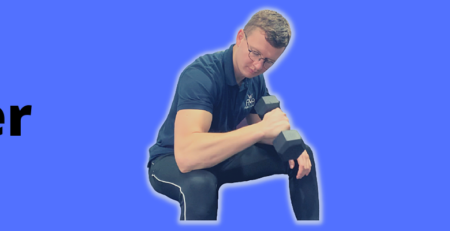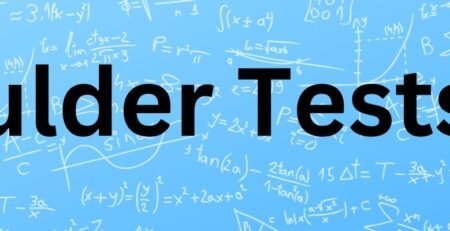Lower Back Pain
Lower Back Pain
Lower back pain is the most common musculoskeletal condition treated by physiotherapists. Most if not all adults will develop lower back pain at some point in their lifetime. Sometimes it could be caused by trauma – sports injuries, road traffic accidents, falls, etc. However, most of the time the pain starts for no particular reason. Historically and still currently, lower back pain is highly over-medicalised. Treatment and prognosis associated with lower back pain vary widely from bed rest to surgery. Invasive procedures such as surgeries, injections, and medications were and still are very common. However, in most cases, this is unnecessary and avoidable. It is known that high-income countries, such as in the UK, dangerous medications like opioids are widely used to treat lower back pain. Again, this can be avoided.
To look more into back treatment and recovery we need to answer a few key questions:
What causes lower back pain?
- Non-specific back pain
Most commonly lower back can be non-specific. Meaning, the identity of the structure that causes pain, isn’t specific. Non-specific mechanical lower back pain (NSMLBP) can be caused by inflammation around the small joints in the spine, muscle spams due to change of load (routine), nerve irritation due to repetitive movement, or a combination of all these factors. NSMLBP lasts from one week to six weeks and tends to get better by itself. Pain relief, movement, relative rest can help to improve quicker.
- Discogenic back pain i.e. disc bulges, “slipped discs”, herniated discs
People are very worried when they find they have a disc problem. Discs anatomically are placed between two bony fragments called vertebra. The spine is made of multiple vertebrae linked with intervertebral discs. Inside these discs, we have a jelly-like substance that acts as a shock absorber. Occasionally, this soft substance pushes out from the middle onto the surface. If pressing on the nerve, this could cause back or arm, or leg pain (depending on the location of this issue). Importantly, most of the people having protruded, herniated, or “slipped” (even though they never slip) discs have no pain/symptoms. Also, in most cases, the jelly-like substance returns into place within a year.
- Arthritic or age-related changes in the spine
Over the years our joints change. Multiple factors are influencing these changes such as inadequate load, not enough recovery time, poor nutrition, and genetics. Over the years, gaps between joints become narrower leaving smaller exit holes for nerves to leave the spine or travel down. This could potentially cause pain. Alternatively, small joints in the spine, in the same way as your knee or hip joints, can cause pain themselves.
What is the best way to manage back pain?
This is a million-dollar question that modern medicine is yet to figure out. There is no universal or collective solution. The best management plan is individual. The most important thing is to have a thorough assessment to identify the issue and then work to improve function and pain levels.
We have recently released a back pain guide that you may find useful.
Where do we come in?
First of all, feel free to have a look at the new more detailed guide on lower back pain management. At AMR physiotherapy, we will provide a detailed assessment and provide the latest evidence-based treatment plan that usually consists of hands-on technique and exercise therapy. Most importantly, the years of experience in an NHS setting, in MSK and Chronic pain services will ensure that we will be able to identify a serious pathology and direct you to the right place if needed.
If you wish to try some of the lower back exercises yourself please consider visiting our Instagram, Facebook and Youtube pages. We have put a list of exercises that may help to improve your function and hopefully reduce the pain you are in.









